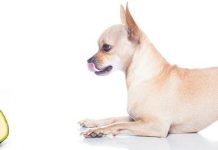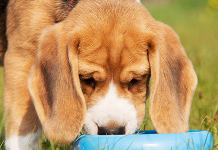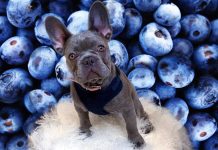Keeshdoodle: Dog Breed Facts and Information
The Keeshdoodle is the result of the union between the confident, sociable Poodle and the amiable Keeshond. This dog has a lot of loyalty to their pack, no matter what kind of pack that may be. They are pleased to be part of large homes with many humans and pets, as long as they are still given ample attention each day. Given that the Keeshond is always eager to please their trainer, the Keeshdoodle are easy to train– the natural cleverness of the Poodle certainly helps. Being a devoted member of your family, your Keeshdoodle may present a more protective behavior that makes them bark around unfamiliar people; they make a good watchdog for this reason but need enough obedience training to make the most of it.

What is a Keeshdoodle?
The super-affectionate Keeshdoodle brings together the smart, playful personality of the Poodle and the loyal, people-pleasing nature of the Keeshond for a wonderful family dog who loves kids, other pets and being involved in all activities that involve his human pack.
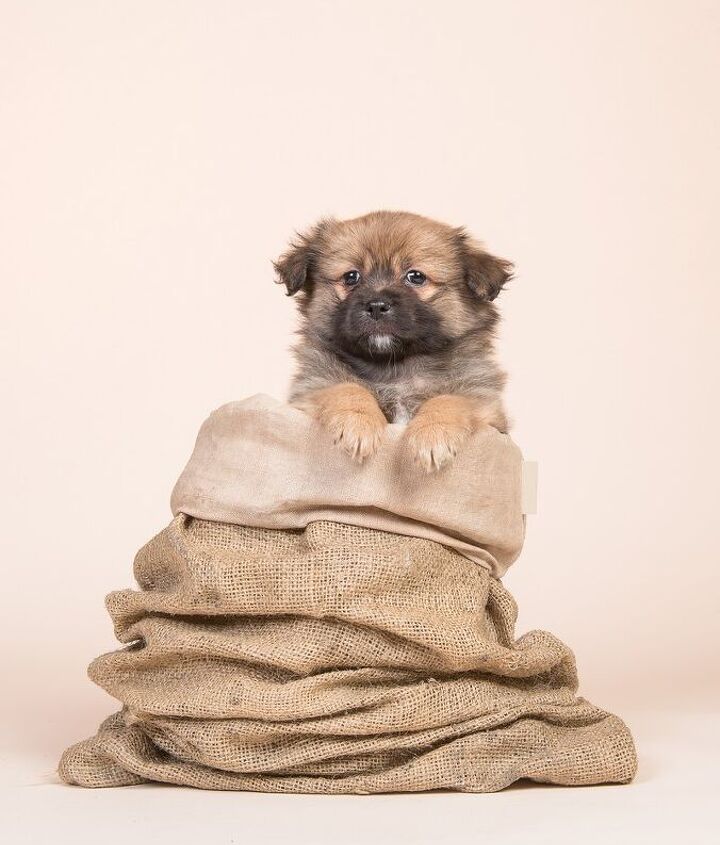
The loving Keeshdoodle is a mix of the playful Poodle and the people-pleasing Keeshond.
Origin
The Keeshdoodle is considered a Designer Dog. This relatively new concept originated back in the 1980’s and is the term used to describe the mixing and matching of pure-bred dogs to produce puppies that carry the desired traits of both parent breeds – typically a healthier, smaller, hypo-allergenic or gentler form of a popular breed.
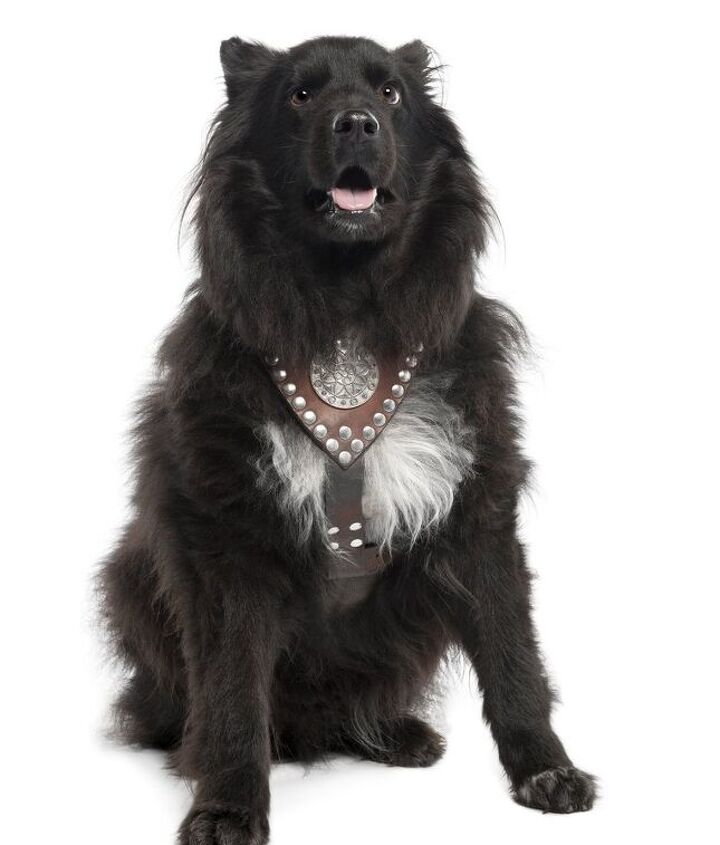
Pedigree
Because the Keeshdoodle comes from mating two different pure-bred dogs he isn’t eligible to join the American Kennel Club (AKC). However, both parent breeds are long-time members; the Poodle joined AKCs “non-sporting” group in 1887 while the Keeshond has been a member of the same group since 1930.
How easy are Keeshdoodle to train?
Your Keeshdoodle is the product of two super intelligent breeds and his keen-to-please personality means he is quick to pick up and obey commands. As with all dog breeds, a rewards-based approach with lots of verbal praise and treats of your choosing will get the results you’re looking for.
Diet and Nutrition
The Keeshdoodle is a medium- to large-sized dog that is fairly energetic so ensure his food is a top-quality kibble designed specifically for dogs of his size, age and activity level. Because Poodles can suffer from digestive issues, choose a low-fat food and plan to schedule meals 2 to 3 times per day versus allowing him to free-feed. Poodles are also prone to bloat so ensure exercise is not taken within an hour of him eating.
The family-oriented Keeshdoodle craves human interaction.
How would you describe the temperament of Keeshdoodle?
The family-oriented Keeshdoodle craves human interaction and does best when engaged with his people. He loves kids, other pets and animals and his loyal personality makes him an ideal watchdog who won’t hesitate to bark if he senses a stranger. This need for human companionship means he doesn’t do well when left for long periods and can become a nuisance barker so not ideal for apartment living.
How Big do Keeshdoodle Get?
Your Keeshdoodle’s weight will be influenced by which parent breed is more prominent. As a result, he could weigh as little as 45 pounds if he takes after the Keeshond or up to 65 pounds if he leans more towards the Standard Poodle.
How healthy are Keeshdoodle?
Typically, Designer Dogs have been bred with an eye to eliminating the health issues that can plague their parent breeds. However, its always important to know what your new pup could inherit and with the Keeshdoodle that can include the Poodle’s joint and digestive issues as well as congenital heart disease from the Keeshond.
How active are Keeshdoodle?
The Keeshdoodle is not a high-energy dog but will still require some form of regular activity to keep him physically fit and mentally stimulated. Because this dog craves human companionship, tossing a ball or Frisbee in the yard will be a perfect addition to a daily walking regimen. Equally so, a visit to the dog park will allow him to socialize with other pooches and enjoy some interactive playtime with his owner.
The Keeshdoodle craves human companionship and doesn’t do well when left on his own for long periods of time.
How long will Keeshdoodle live?
The Keeshdoodle is a healthy dog that will typically live between 12 and 15 years.
Recognized Clubs
The Keeshdoodle is not recognized by the American Kennel Club (AKC) however he is a member of the Designer Breed Registry (DBR) and the International Designer Canine Registry (IDCR).
Coat
Your Keeshdoodle could inherit the dense, curly coat of the low-shedding Poodle or the longer, full coat of the higher-shedding Keeshond. In either instance he will require brushing 2 to 3 times per week to prevent mats and tangles and a visit to the professional groomers every few months to keep his coat shape. The Keeshond is a seasonal shedder so you should expect to increase the frequency of brushing during this time and because he is a floppy-eared dog, plan to inspect and clean his ears weekly to avoid a build up of dirt and potential infection.
Puppies
Keeshdoodle puppies will grow to become excellent family dogs if socialized early and trained in obedience while young. This dog is all about family and it’s important he become used to new faces, situations and being left on his own for periods of time. Because he may be prone to joint issues later in life, take it easy when leash training and exercising to prevent over-exerting tiny limbs.



